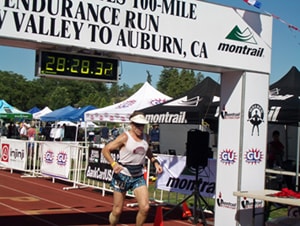Sports Injuries: Prevention and Treatment
Sports injuries can stop your marathon training fast. To increase your chances of running your best race at the Modesto Marathon, you need to know how to prevent getting hurt. If you do get injured, you need to know how to recover as quickly as possible to get back out on the road. Seeking out…

